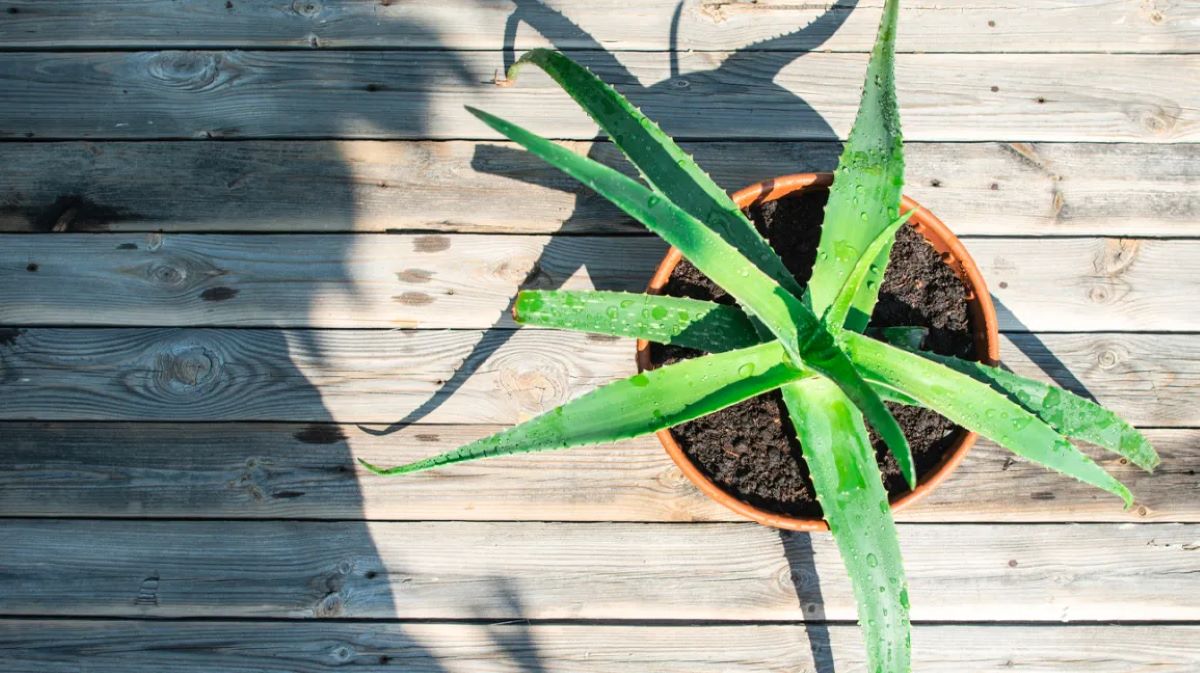

Articles
How To Store Aloe Plant
Modified: December 12, 2023
Learn the best methods for storing your aloe plant to ensure its health and longevity. Our articles provide expert tips and guidance for successful aloe plant storage.
(Many of the links in this article redirect to a specific reviewed product. Your purchase of these products through affiliate links helps to generate commission for Storables.com, at no extra cost. Learn more)
**
Introduction
**
Aloe vera, a succulent plant renowned for its medicinal properties and ornamental appeal, is a popular addition to many households. Its ability to thrive in various climates and its low-maintenance nature make it an ideal choice for both novice and experienced plant enthusiasts. Whether you're a seasoned gardener or a greenery novice, mastering the art of caring for an aloe plant is a rewarding endeavor that can bring a touch of nature's beauty into your living space.
In this comprehensive guide, we will delve into the essential aspects of aloe plant care, from providing the proper light conditions and maintaining suitable temperatures to watering guidelines, soil selection, pot choices, repotting techniques, pruning and maintenance, as well as safeguarding your aloe from potential pests and diseases. By understanding these key elements, you can ensure that your aloe plant thrives and continues to bestow its myriad benefits upon your home.
So, let's embark on this green-fingered journey and uncover the secrets to successfully nurturing and preserving the health and vitality of your aloe plant. Whether you seek to harness the plant's healing properties or simply wish to cultivate a stunning botanical display, this guide will equip you with the knowledge and skills needed to become a proficient aloe plant caretaker.
Key Takeaways:
- Aloe plants thrive in indirect sunlight and well-draining soil, needing water every 3-4 weeks. Choose a pot with drainage holes and repot every 2-3 years for optimal growth.
- Protect aloe plants from pests and diseases by maintaining a clean, well-ventilated environment and avoiding overwatering. Regular pruning and attentive care promote a healthy, visually appealing plant.
Read more: How To Store Aloe Vera Plant Gel
Proper Light Conditions
When it comes to ensuring the health and vigor of your aloe plant, providing the appropriate light conditions is crucial. Aloe vera thrives in bright, indirect sunlight, making it an ideal candidate for placement near a sunny window or in a well-lit room. While aloe plants possess a degree of tolerance for direct sunlight, prolonged exposure to intense rays can lead to sunburn and damage the plant’s delicate foliage.
Indoor aloe plants should be positioned in a location where they can bask in the gentle glow of sunlight without being subjected to harsh, direct rays. South- or west-facing windows typically offer the ideal balance of brightness and protection from intense sunlight. If direct sunlight is unavoidable, consider using sheer curtains or blinds to diffuse the light and shield the plant from potential harm.
Conversely, insufficient light can hinder the growth and vitality of your aloe plant. Inadequate light exposure may cause the plant to become leggy, with elongated stems and sparse foliage. To prevent this, ensure that your aloe plant receives at least six hours of indirect sunlight each day. If natural light sources are limited, supplementing with artificial grow lights can help maintain the plant’s well-being.
By carefully monitoring and optimizing the light conditions for your aloe plant, you can foster robust growth and vibrant foliage, allowing the plant to thrive and grace your living space with its natural beauty.
Suitable Temperature
Creating a conducive environment for your aloe plant involves maintaining suitable temperature levels. Aloe vera, native to warm and arid regions, thrives in temperatures that mimic its natural habitat. Generally, aloe plants prefer temperatures between 55°F and 80°F (13°C to 27°C), making them well-suited for indoor cultivation in most climates.
During the growing season, which typically spans spring and summer, aloe plants flourish in warmer temperatures. Providing a consistent environment with temperatures ranging from 70°F to 80°F (21°C to 27°C) fosters optimal growth and vitality. As the seasons transition into fall and winter, it is essential to shield your aloe plant from chilly drafts and extreme temperature fluctuations. Aloe vera can withstand cooler conditions, but it is best to maintain a temperature range of 55°F to 70°F (13°C to 21°C) during the dormant winter period.
When positioning your aloe plant indoors, avoid placing it near cold windows or air conditioning vents, as these can expose the plant to sudden temperature changes that may adversely impact its health. Additionally, if you opt to move your aloe plant outdoors during the warmer months, ensure that it is shielded from excessively hot or cold temperatures, as well as strong winds that can cause stress and damage to the plant.
By diligently regulating the temperature in your aloe plant’s environment, you can create an optimal setting for its growth and well-being, allowing it to thrive and grace your home with its lush, vibrant presence.
Watering Guidelines
Mastering the art of watering is essential for the well-being of your aloe plant. As a succulent, aloe vera possesses the remarkable ability to store water in its fleshy leaves, enabling it to withstand periods of drought. This unique adaptation makes it imperative to approach watering with care and precision, as overzealous watering can lead to detrimental consequences such as root rot and fungal diseases.
When determining the watering needs of your aloe plant, it is crucial to prioritize a well-draining soil and a watering schedule that aligns with the plant’s natural requirements. Aloe vera thrives in slightly dry conditions, so it is advisable to allow the soil to dry out completely between waterings. This typically translates to watering your aloe plant every three to four weeks, but the frequency may vary depending on factors such as climate, humidity levels, and the size of the pot.
Before watering, assess the moisture level of the soil by inserting your finger into the top inch of the soil. If the soil feels dry, it is an indication that your aloe plant is ready for watering. When watering, ensure that excess water can freely drain from the pot, preventing waterlogged conditions that can compromise the plant’s health. After watering, discard any accumulated water in the saucer to prevent the roots from sitting in standing water, which can lead to rot.
During the dormant winter months, reduce the frequency of watering to accommodate the plant’s decreased growth and metabolic activity. Additionally, be mindful of overwatering during this period, as aloe plants are more susceptible to root rot when subjected to excessive moisture in cooler temperatures.
By adhering to these watering guidelines and exercising restraint, you can safeguard your aloe plant from potential water-related issues and promote its resilience and vitality, ensuring that it thrives as a stunning addition to your indoor greenery collection.
Choosing the Right Soil
When cultivating a thriving environment for your aloe plant, selecting the appropriate soil is a pivotal consideration. Aloe vera, as a succulent plant, thrives in well-draining soil that prevents water from accumulating around its roots. This is essential for mimicking the arid conditions of its native habitat and safeguarding the plant from the perils of waterlogged soil.
Opt for a specialized cactus or succulent potting mix, readily available at garden centers and nurseries, to provide your aloe plant with the ideal growing medium. These mixes are formulated to promote optimal drainage, typically comprising a blend of materials such as sand, perlite, and coarse peat. Alternatively, you can create a custom mix by combining regular potting soil with sand or perlite to enhance its drainage capabilities.
When repotting or planting your aloe, ensure that the chosen soil is loose and well-aerated, allowing for ample airflow around the roots. This facilitates the prevention of moisture-related issues and promotes healthy root development. Furthermore, the soil should have a slightly acidic to neutral pH, ranging between 6.0 and 7.0, to support the aloe plant’s nutrient uptake and overall well-being.
As a succulent, aloe vera is adapted to thrive in nutrient-poor soils, so it is unnecessary to incorporate additional fertilizers or organic matter into the potting mix. In fact, excessive nutrients can harm the plant by disrupting its natural balance and leading to adverse effects such as root burn. Therefore, prioritize the selection of a well-draining, nutrient-neutral soil that aligns with the specific needs of your aloe plant.
By choosing the right soil and providing an optimal growing medium for your aloe plant, you can lay the foundation for its health and vitality, ensuring that it flourishes in its pot and graces your living space with its striking, resilient presence.
Place your aloe plant in a well-draining pot with sandy soil. Keep it in bright, indirect sunlight and water sparingly, allowing the soil to dry out between waterings. Avoid overwatering to prevent root rot.
Read more: How To Store Aloe Vera Gel From Plant
Pot Selection
Choosing the right pot for your aloe plant is a crucial aspect of its care, as it directly impacts the plant’s growth, health, and overall well-being. When selecting a pot, prioritize containers that offer excellent drainage and ample space for the aloe’s root system. The ideal pot should have drainage holes at the bottom to facilitate the expulsion of excess water, preventing the risk of waterlogged soil and potential root rot.
Opt for a pot that is slightly larger than the plant’s current root ball, allowing room for gradual growth without an excessive surplus of soil. Aloe vera plants thrive in slightly crowded conditions, so a snug fit within the pot is preferable to an excessively spacious container. This encourages the development of a robust root system and prevents the soil from retaining excessive moisture.
When considering the material of the pot, terracotta or clay pots are excellent choices for aloe plants due to their porous nature, which promotes air circulation and aids in the absorption of excess moisture from the soil. These materials also provide stability and prevent the pot from toppling over as the aloe plant grows. Additionally, the natural color and texture of terracotta pots complement the earthy aesthetic of aloe plants, adding a touch of rustic charm to their display.
Alternatively, if you opt for a plastic or ceramic pot, ensure that it has drainage holes to prevent water from accumulating at the base. It is essential to strike a balance between providing adequate drainage and selecting a pot that complements the aesthetic appeal of your living space, as the pot serves as a visual backdrop for the stunning foliage of your aloe plant.
By carefully considering the pot selection for your aloe plant and prioritizing factors such as drainage, size, and material, you can create an optimal growing environment that fosters the plant’s health and longevity, ensuring that it thrives as a captivating botanical centerpiece in your home.
Repotting Techniques
As your aloe plant matures and its root system expands, the need for repotting may arise to accommodate its growth and ensure continued health and vitality. Repotting provides the opportunity to refresh the growing medium, address any root-bound conditions, and promote optimal growth for your aloe plant.
When determining if your aloe plant requires repotting, assess the root system for signs of overcrowding, such as roots protruding from the drainage holes or encircling the pot’s interior. Additionally, if the plant appears top-heavy or unstable in its current pot, it may be time to consider repotting to provide better stability and support.
To initiate the repotting process, carefully remove the aloe plant from its current container, taking care to support the base of the plant and gently loosen the roots from the soil. Inspect the roots for any signs of damage or rot, and trim away any unhealthy or excessively long roots to promote healthy regrowth.
Select a new pot that is only slightly larger than the plant’s current root system, ensuring that it offers adequate drainage and is equipped with drainage holes at the base. Add a layer of well-draining potting mix to the bottom of the new pot, creating a stable foundation for the aloe plant. Position the plant in the center of the pot, adding additional soil around the sides while gently tamping it down to secure the plant in place.
After repotting, refrain from watering your aloe plant for a few days to allow any root disturbance to heal and minimize the risk of overwatering. Gradually reintroduce a regular watering schedule once the plant has acclimated to its new pot.
It is advisable to repot your aloe plant every 2-3 years, or as needed, to ensure that it has ample space for healthy root development and continued flourishing. By practicing proper repotting techniques, you can provide your aloe plant with an optimal growing environment, allowing it to thrive and grace your home with its enduring beauty.
Pruning and Maintenance
Pruning and maintenance are essential aspects of caring for your aloe plant, contributing to its health, aesthetics, and overall well-being. While aloe vera is a relatively low-maintenance plant, periodic pruning and attentive care can enhance its appearance, promote new growth, and address any issues that may arise over time.
One of the primary maintenance tasks for aloe plants involves the removal of spent or withered leaves. As the lower leaves of the plant age and naturally decline, they can be gently trimmed at the base using clean, sharp scissors or pruning shears. Removing these old leaves not only improves the plant’s appearance but also redirects its energy towards producing fresh, vibrant foliage.
In the event of damaged or diseased leaves, prompt removal is crucial to prevent the spread of issues and promote the plant’s overall health. Trim away any discolored or decaying leaves, ensuring that you make clean cuts to minimize the risk of infection. Additionally, if the plant exhibits offsets or “pups” – smaller aloe plants emerging from the base – they can be carefully separated and replanted to propagate new aloe plants.
Regularly inspect your aloe plant for signs of pests such as mealybugs or scale insects, which may occasionally afflict these succulents. If detected, address the issue promptly by gently wiping the affected areas with a soft cloth soaked in diluted rubbing alcohol, taking care to remove the pests without causing harm to the plant’s delicate foliage.
While aloe plants are generally resilient, they may occasionally develop leggy or elongated growth due to insufficient light. In such cases, relocating the plant to a brighter environment and periodically rotating it to ensure even exposure to sunlight can encourage more compact, robust growth.
By incorporating regular pruning and attentive maintenance into your aloe plant care routine, you can nurture a healthy, visually appealing specimen that thrives as a captivating addition to your indoor greenery collection.
Protecting Aloe from Pests and Diseases
Ensuring the well-being of your aloe plant involves safeguarding it from potential threats posed by pests and diseases. While aloe vera is generally resilient, it is not immune to issues that can compromise its health and vitality. By implementing proactive measures and attentive care, you can effectively shield your aloe plant from common pests and diseases, preserving its lush, vibrant appearance.
One of the primary adversaries of aloe plants is the presence of pests such as mealybugs, scale insects, and aphids. Regularly inspect the foliage and stems for signs of these pests, including white cottony clusters, small insects, or sticky residue. If detected, promptly address the infestation by gently wiping the affected areas with a soft cloth soaked in diluted rubbing alcohol, effectively removing the pests and preventing their proliferation.
To prevent pest infestations, maintain a clean and well-ventilated environment for your aloe plant, as stagnant air and excessive humidity can create favorable conditions for pests to thrive. Additionally, avoid overwatering, as excessively moist soil can attract pests and contribute to the development of fungal issues.
While aloe plants are naturally resistant to many diseases, overwatering and poor drainage can lead to root rot, a potentially fatal condition caused by excessive moisture. To mitigate this risk, adhere to a cautious watering regimen, allowing the soil to dry out between waterings and ensuring that the pot has adequate drainage to prevent waterlogging.
If your aloe plant exhibits signs of root rot, such as wilting, yellowing leaves, or a foul odor emanating from the soil, take immediate action to address the issue. Carefully remove the plant from the pot, trim away any rotted roots, and repot it in fresh, well-draining soil to facilitate recovery and prevent further deterioration.
By remaining vigilant and proactive in protecting your aloe plant from pests and diseases, you can create a resilient and thriving environment for this remarkable succulent, ensuring that it continues to grace your living space with its enduring beauty and vitality.
Read more: How To Plant Aloe Vera Seeds
Conclusion
Caring for an aloe plant is a gratifying and enriching endeavor that rewards both novice and seasoned plant enthusiasts with a stunning botanical display and the numerous benefits of this remarkable succulent. By mastering the essential elements of aloe plant care, from providing the proper light conditions and maintaining suitable temperatures to employing prudent watering practices, selecting the right soil and pot, and implementing effective maintenance and protection strategies, you can cultivate a thriving and resilient aloe plant that enhances your living space with its natural allure.
Embracing the art of nurturing an aloe plant not only bestows the opportunity to harness its renowned healing properties but also enriches your environment with a touch of greenery that exudes tranquility and natural beauty. As you embark on this green-fingered journey, remember that attentive care, patience, and a keen eye for detail are the cornerstones of successful aloe plant cultivation.
With its versatile nature and low-maintenance requirements, the aloe plant stands as a testament to the remarkable resilience and adaptability of nature’s creations. Whether adorning a sunlit windowsill, brightening a cozy corner, or gracing a garden with its sculptural elegance, the aloe plant serves as a captivating reminder of the inherent beauty and vitality found in the natural world.
As you tend to your aloe plant, may its lush foliage and enduring presence inspire a deeper appreciation for the wonders of the botanical realm and the enriching role that plants play in our lives. Whether sought for its healing properties, ornamental charm, or the joy of nurturing a living being, the aloe plant holds a special place in the hearts and homes of those who embrace its gentle, resilient spirit.
So, as you cultivate and cherish your aloe plant, may it serve as a living testament to the enduring beauty and vitality that flourishes when nature and nurturing hands unite, enriching your home with the timeless grace of this remarkable succulent.
Frequently Asked Questions about How To Store Aloe Plant
Was this page helpful?
At Storables.com, we guarantee accurate and reliable information. Our content, validated by Expert Board Contributors, is crafted following stringent Editorial Policies. We're committed to providing you with well-researched, expert-backed insights for all your informational needs.
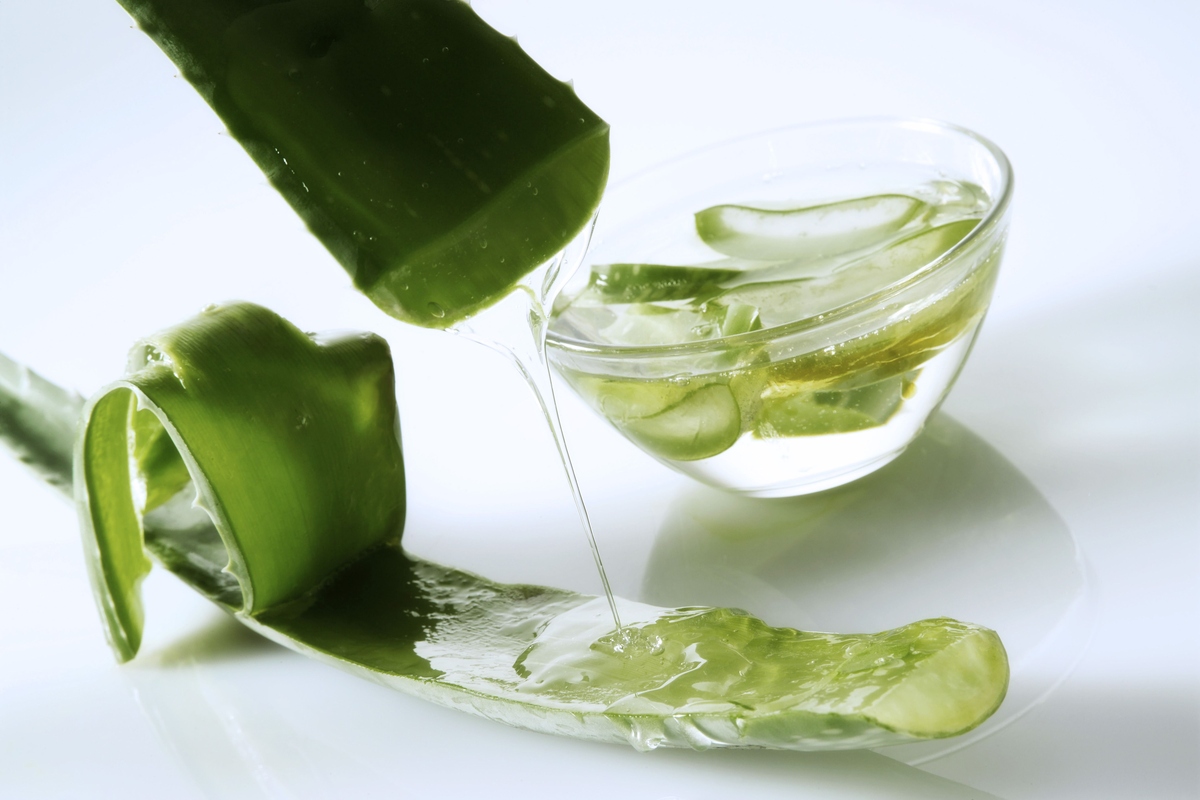
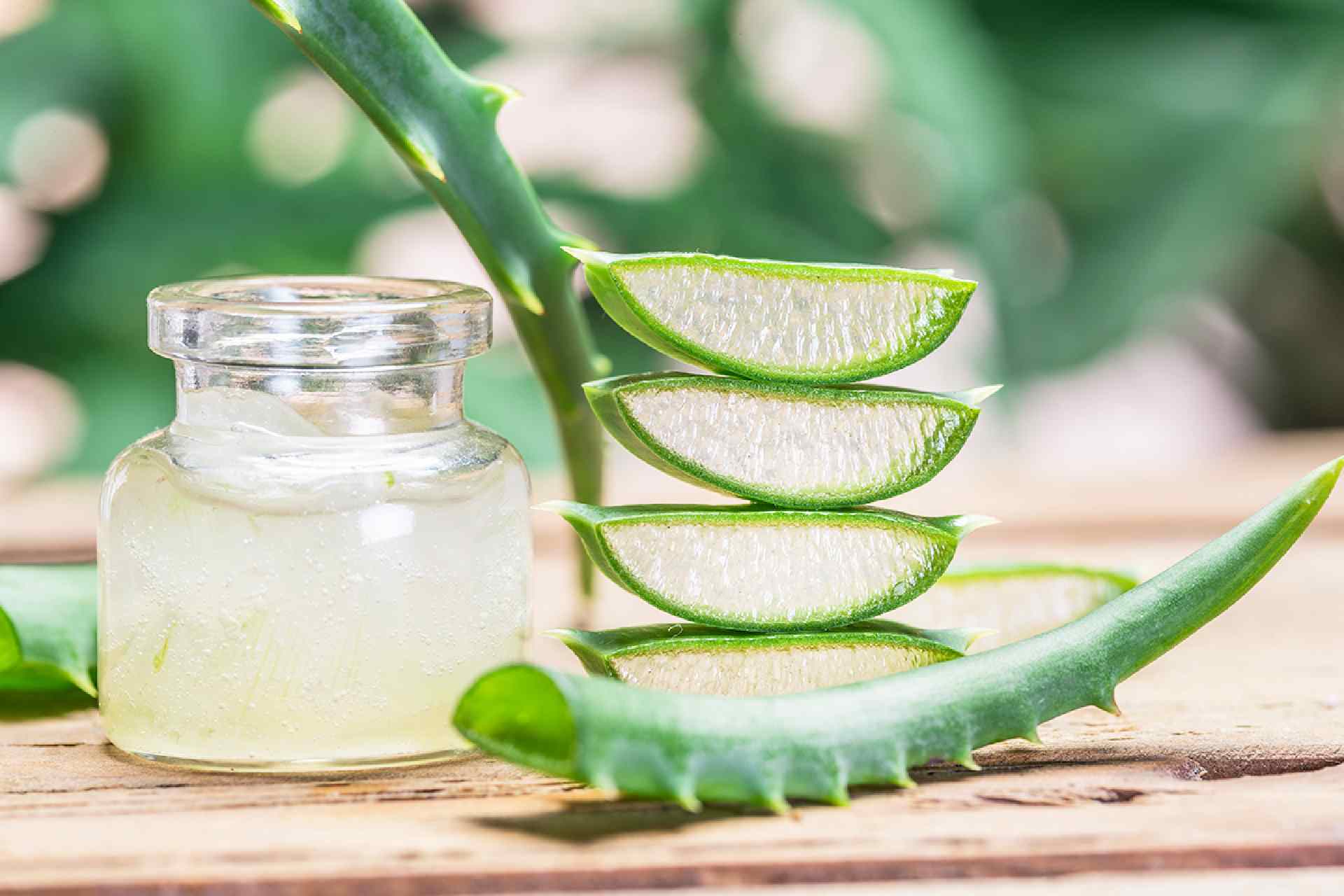
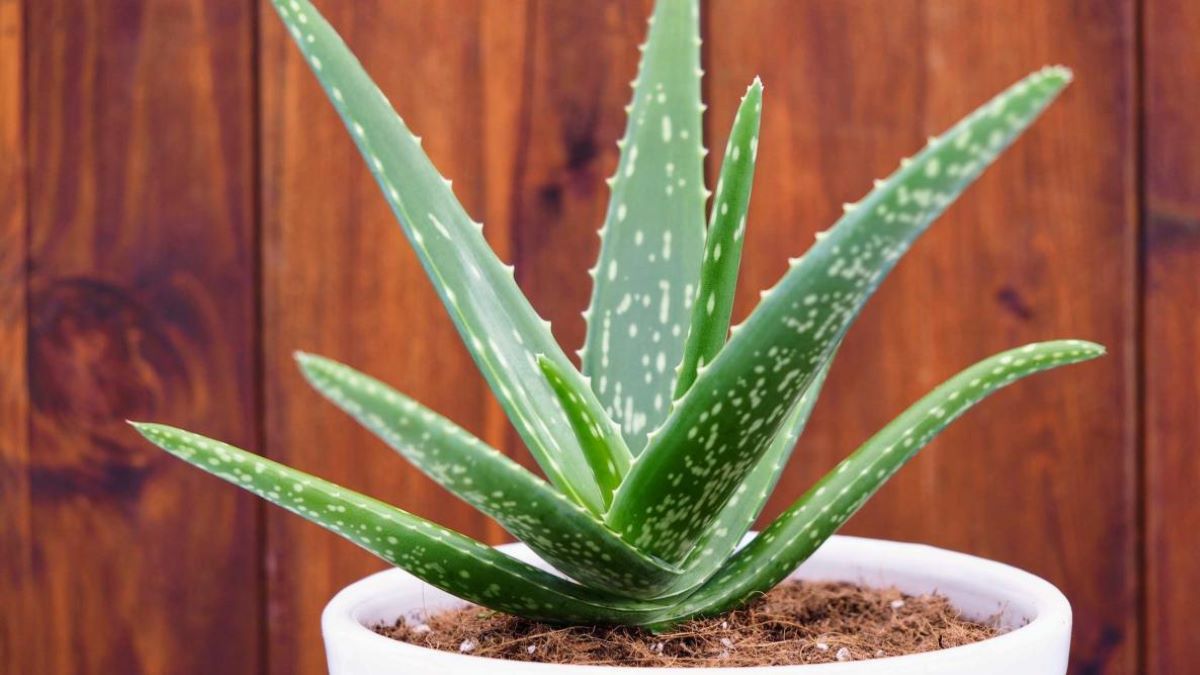
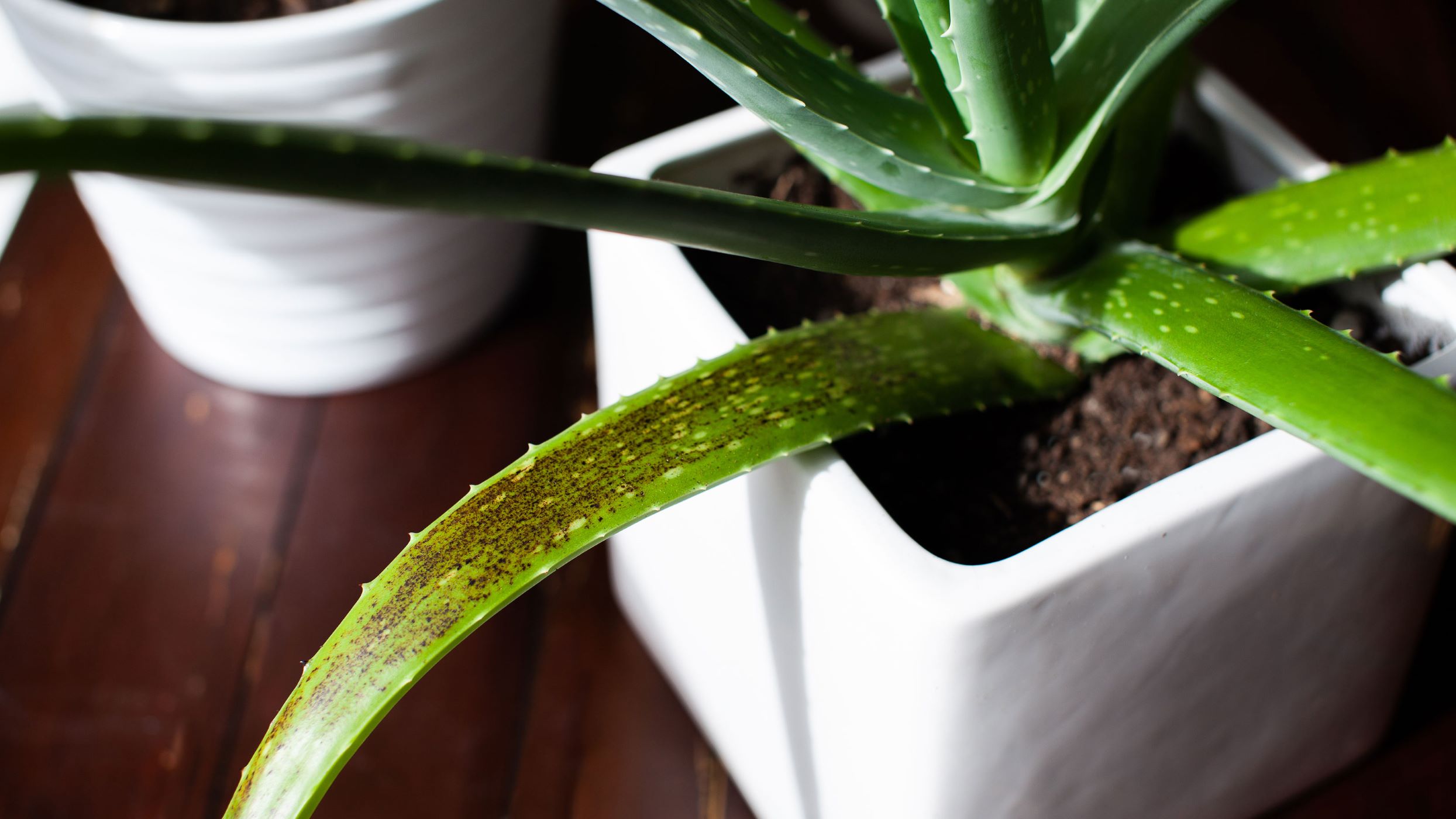
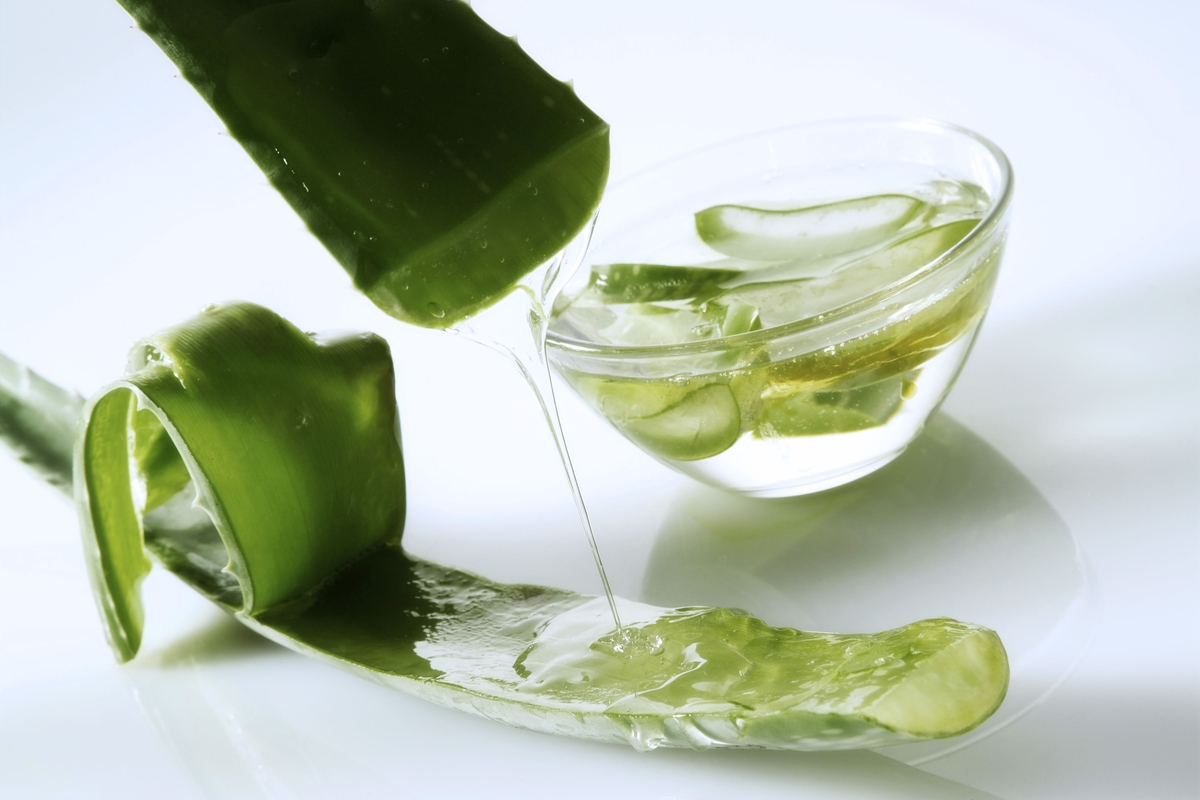
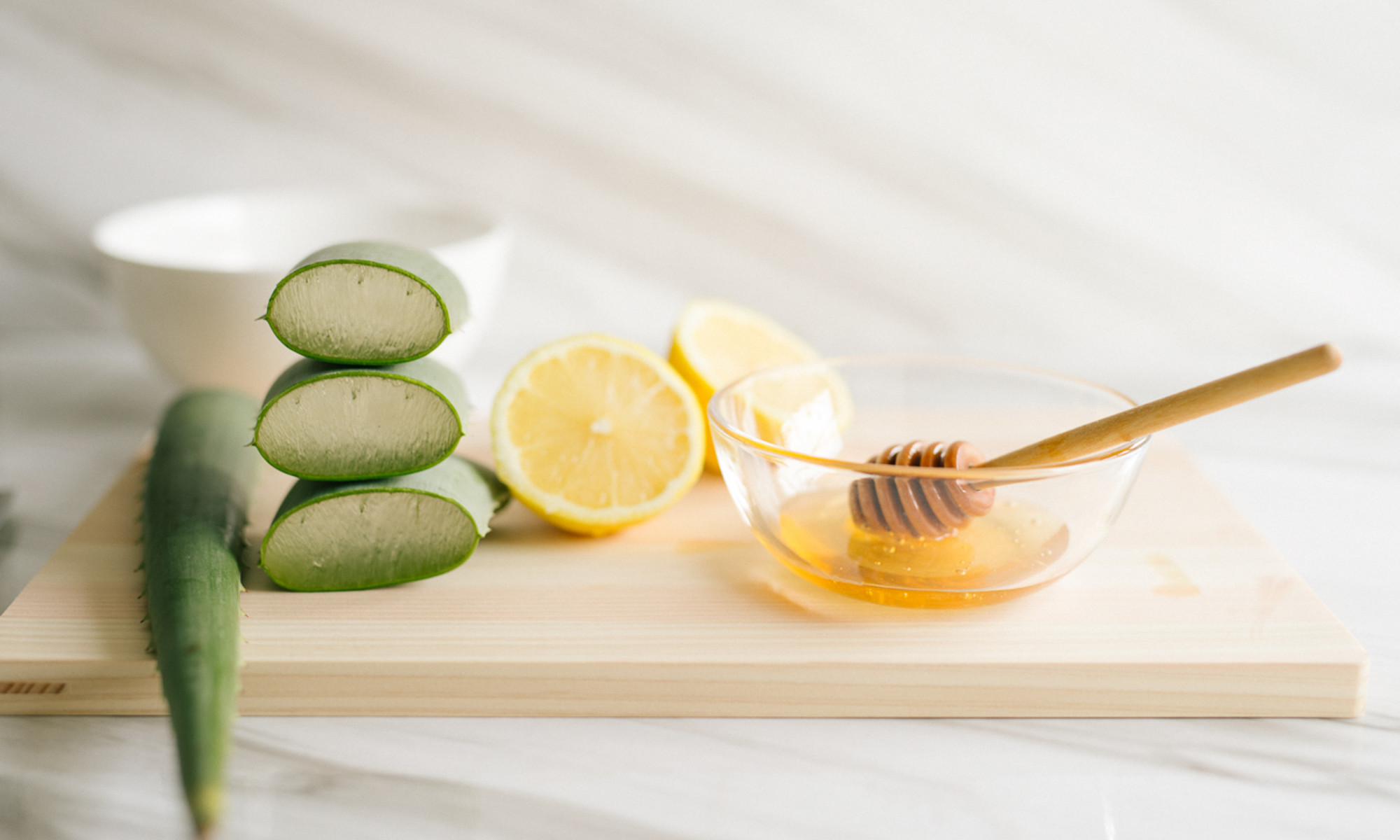
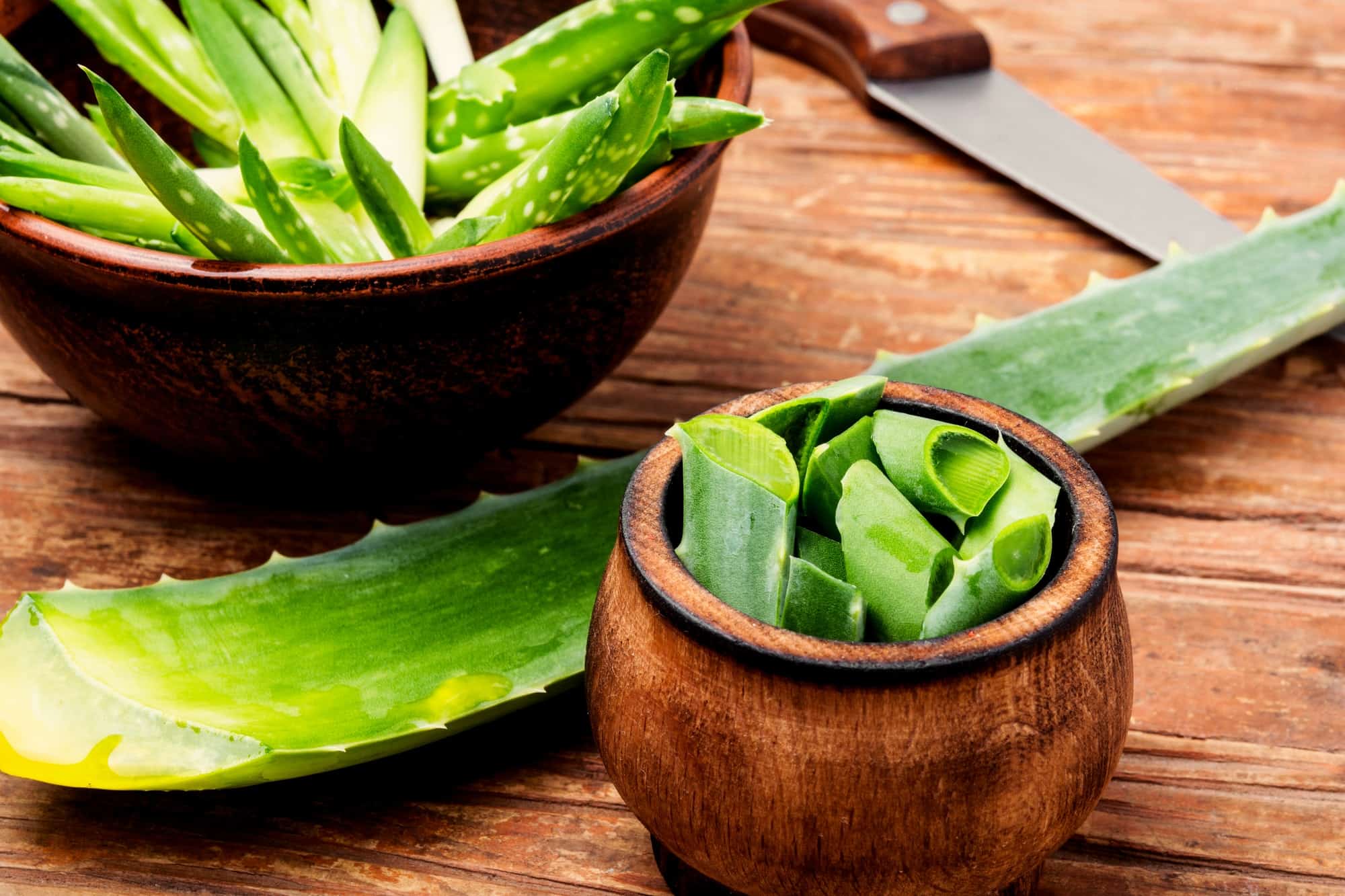
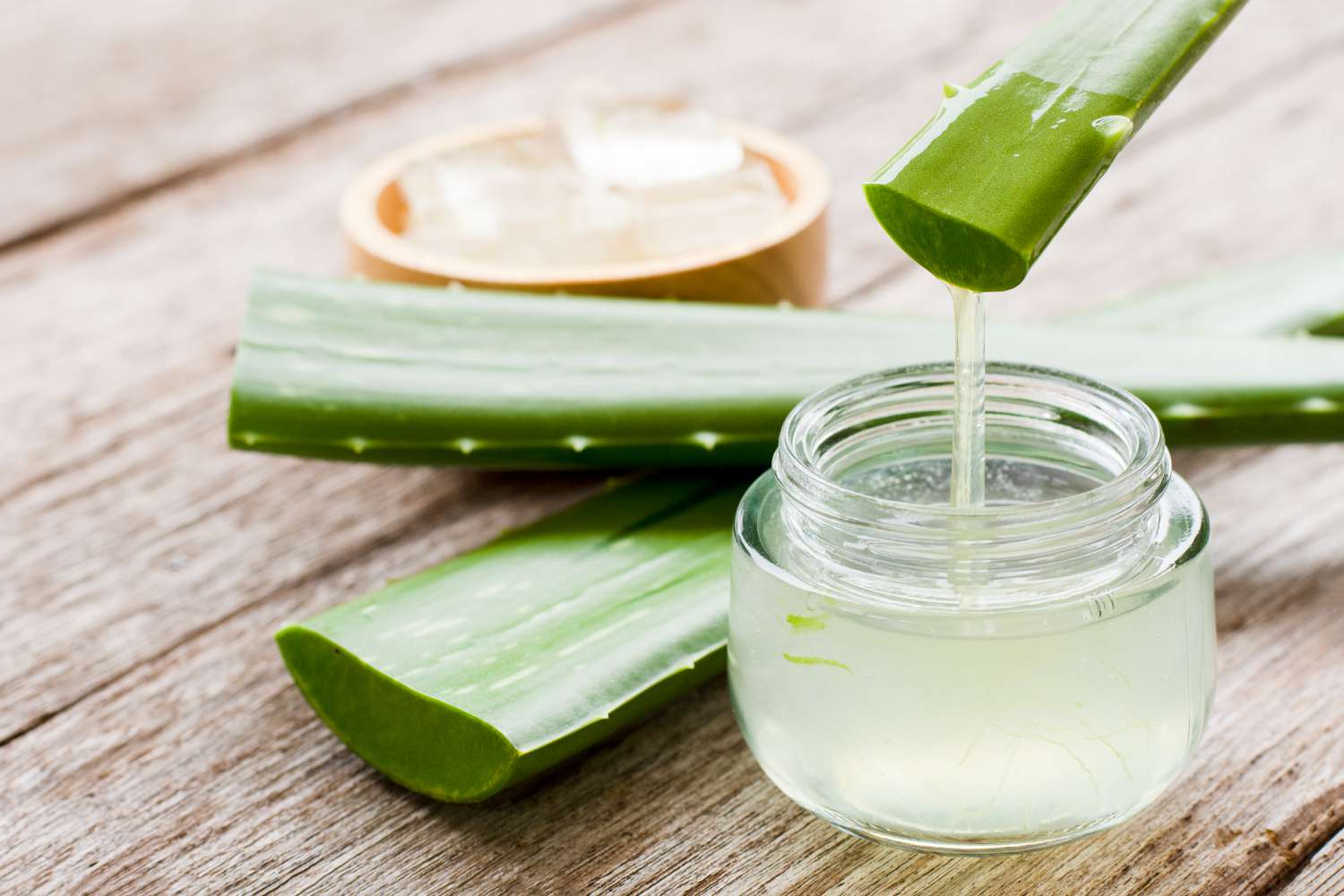
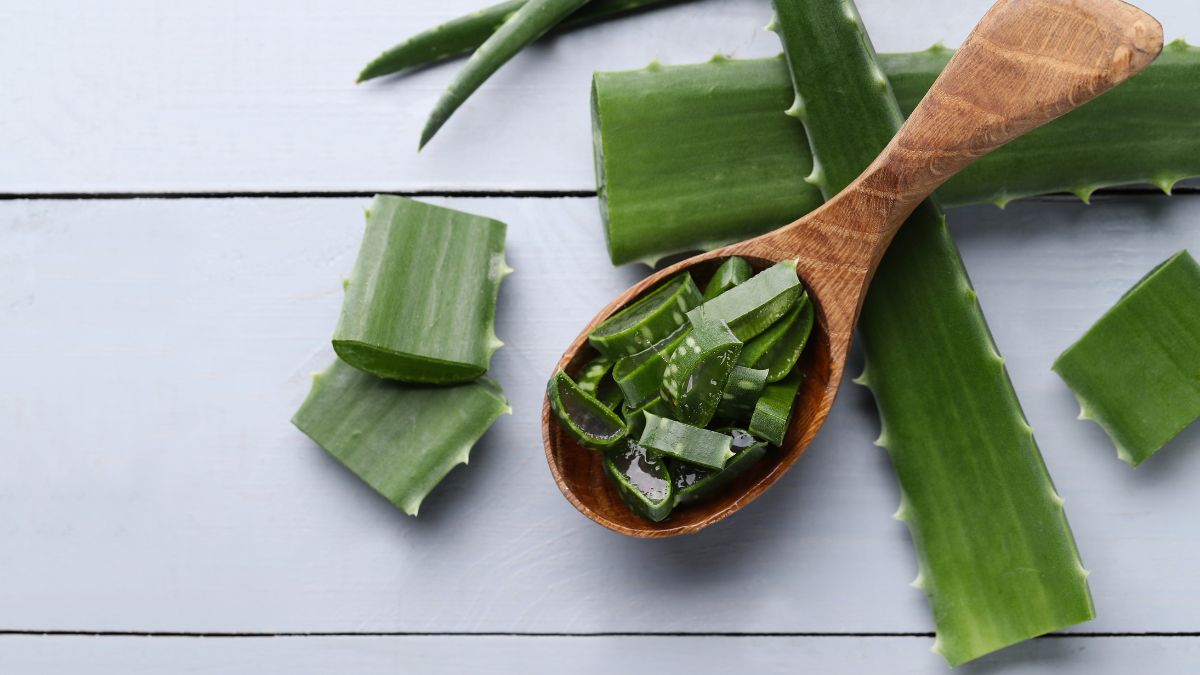
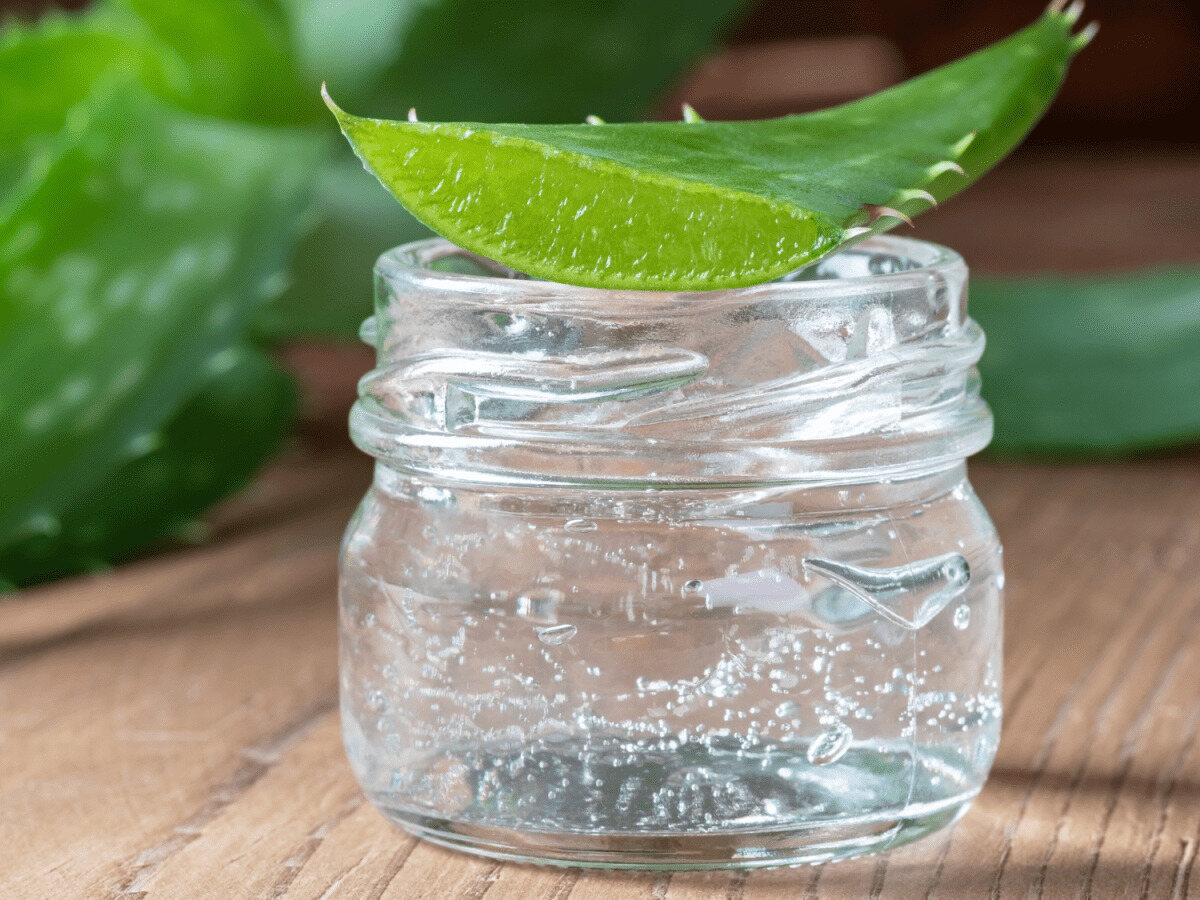
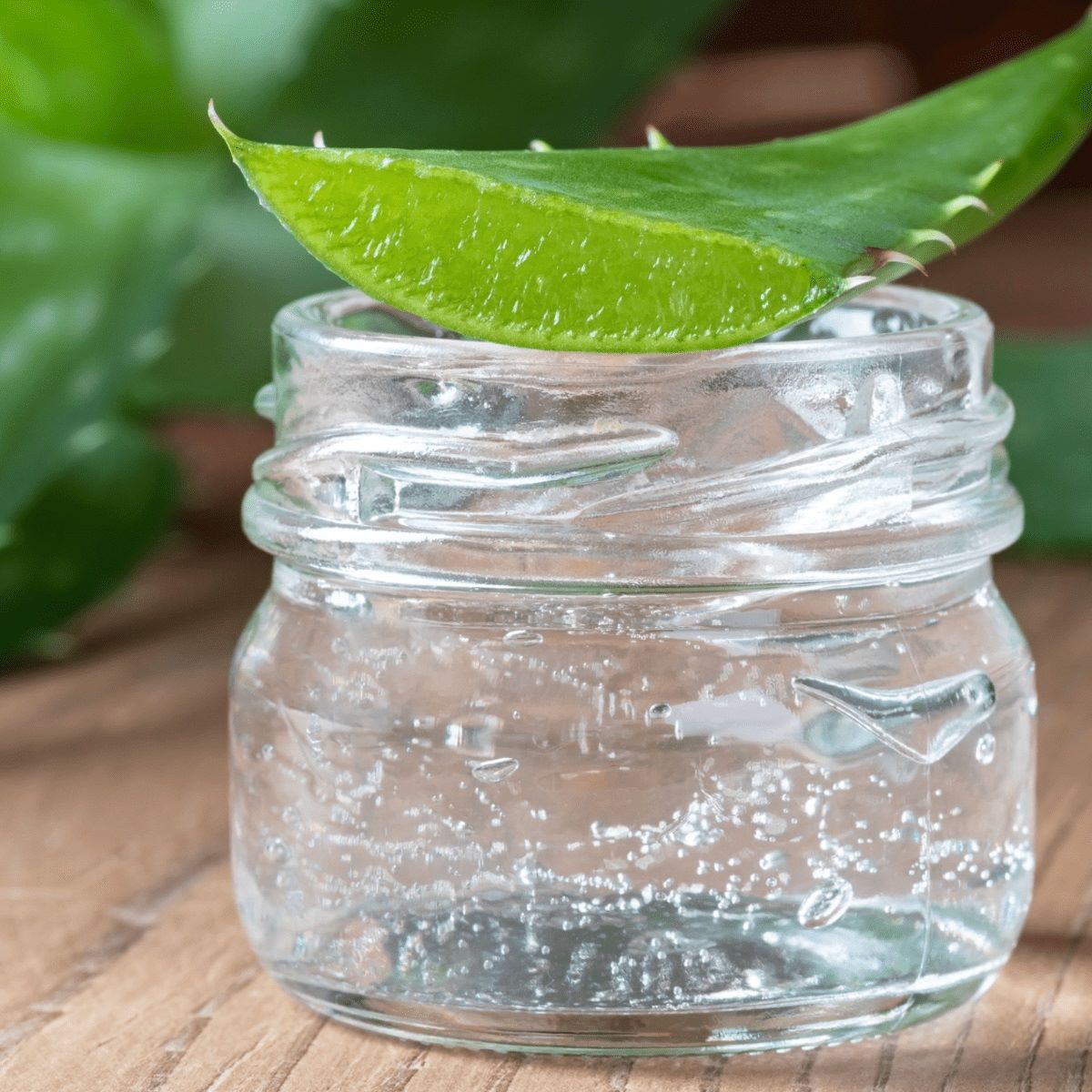
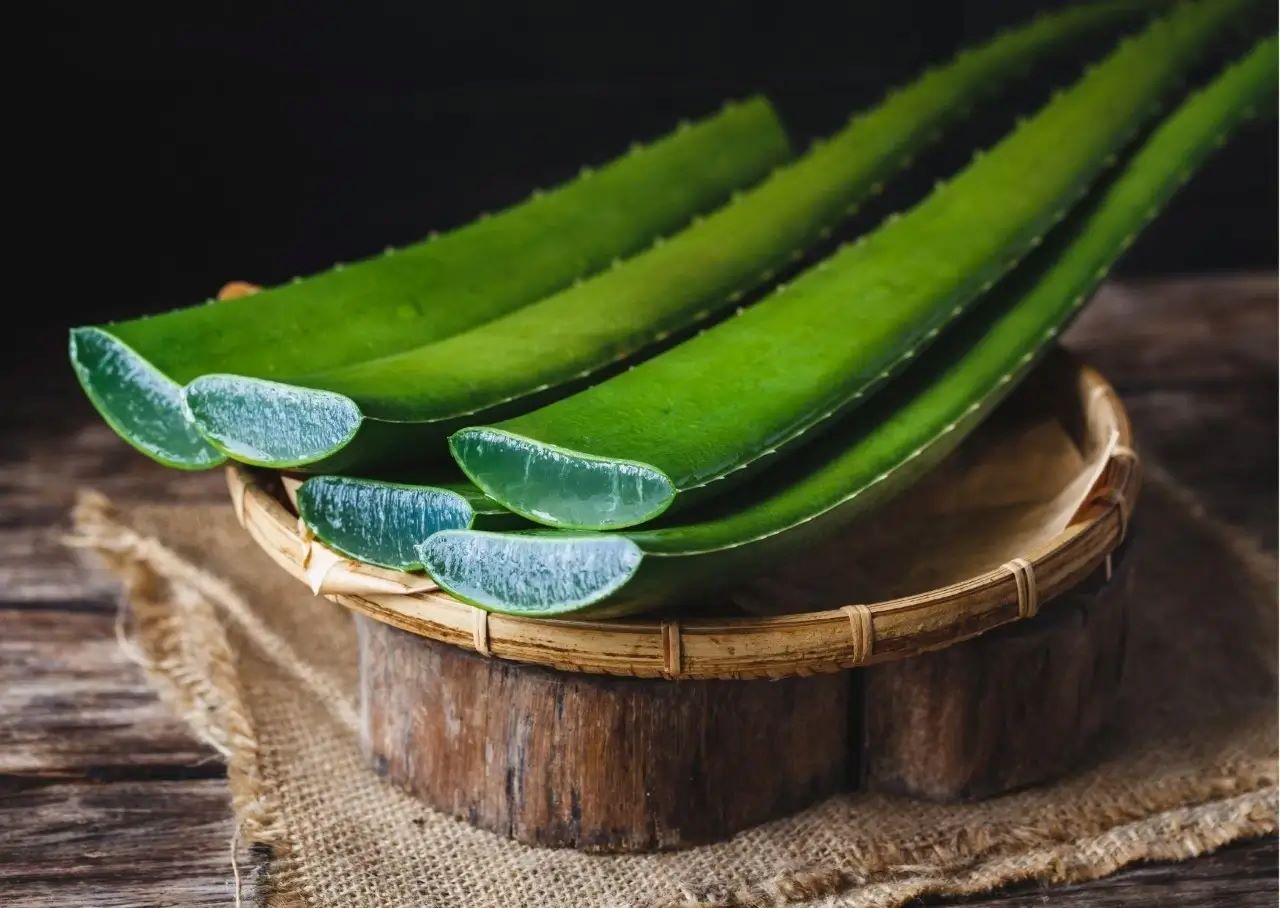
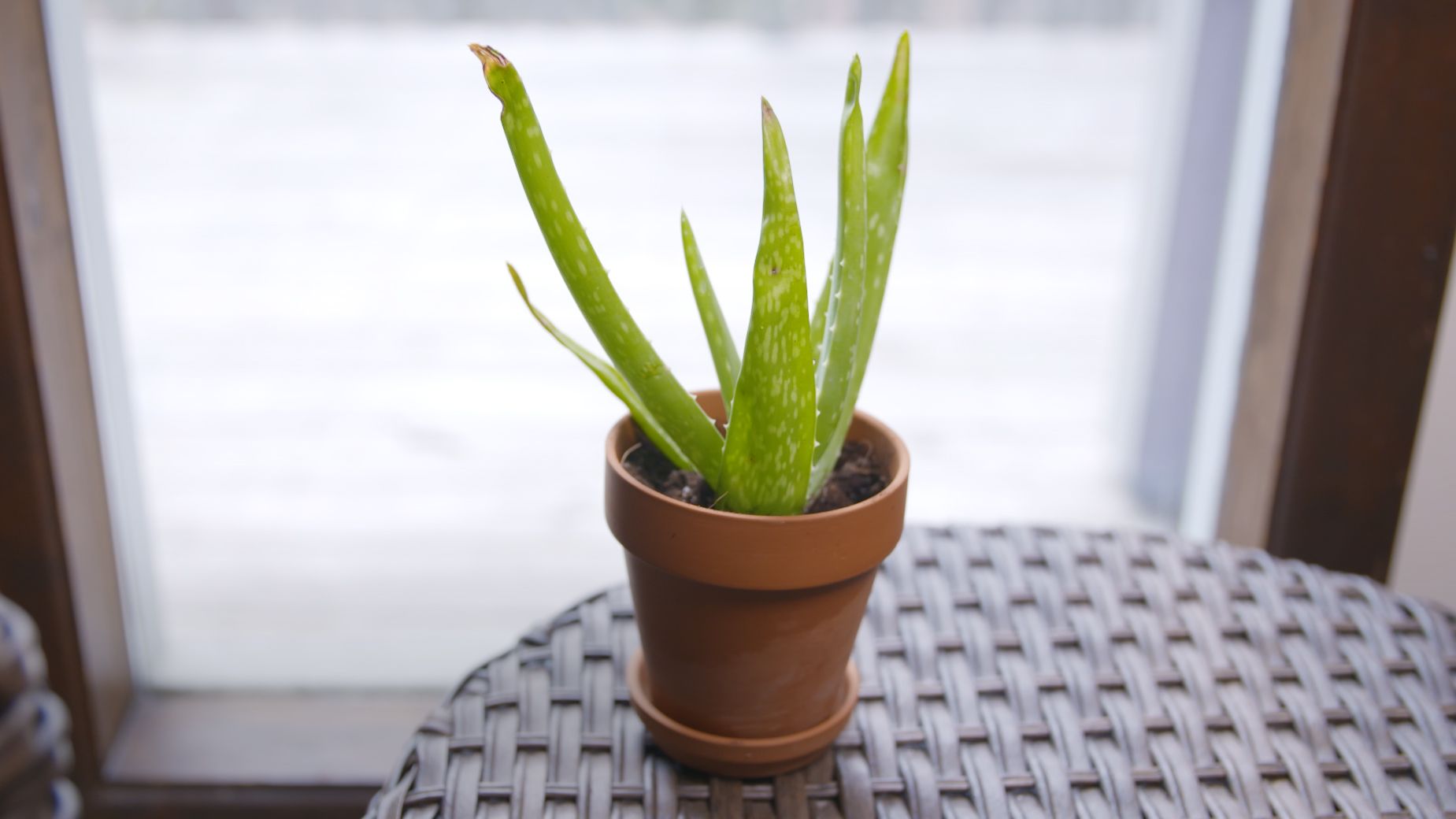

0 thoughts on “How To Store Aloe Plant”